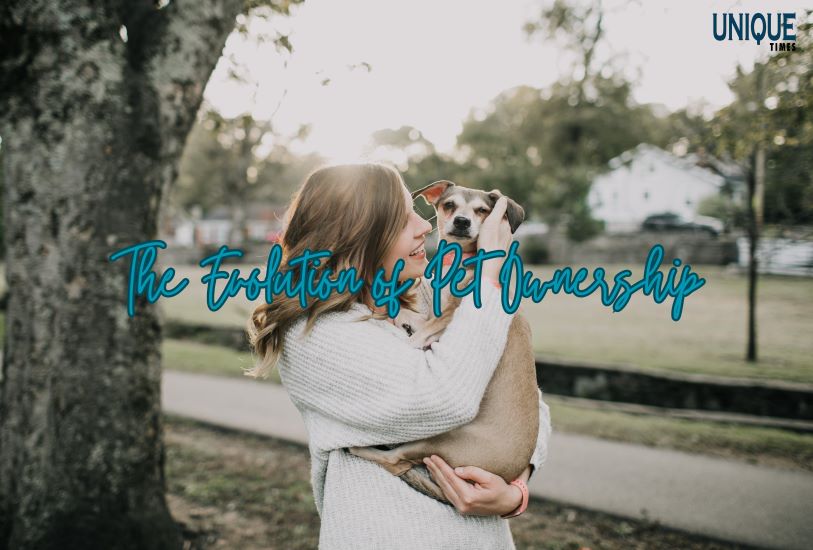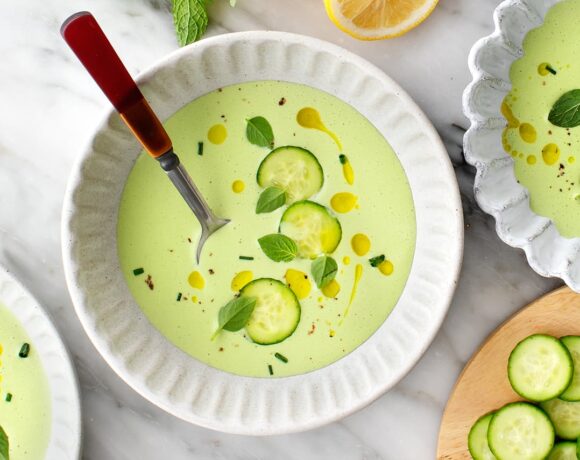Unveiling the Surprising History of Pet Ownership: How Pets Became Part of the Family

In today’s world, pets are cherished members of countless households, providing companionship, love, and joy to their human counterparts. From loyal dogs and playful cats to quirky birds and exotic reptiles, pets come in all shapes and sizes, enriching our lives in ways we never imagined. But have you ever wondered how this special bond between humans and animals came to be? Join us as we delve into the surprising history of pet ownership and uncover the fascinating journey that has led pets to become cherished members of the family.
1. Ancient Beginnings
The history of pet ownership dates back thousands of years, with evidence of humans keeping animals as companions and helpers in ancient civilizations such as Egypt, Mesopotamia, and China. In these early societies, animals were often revered for their perceived qualities of loyalty, strength, and companionship. Dogs, in particular, were valued for their hunting abilities and protective instincts, while cats were admired for their agility and prowess as hunters of pests.
2. Pets in the Middle Ages
During the Middle Ages, pet ownership became more common among the nobility and wealthy elites, who kept exotic animals such as falcons, monkeys, and even lions as status symbols and sources of entertainment. However, for the majority of people, animals served primarily as working companions, helping with tasks such as hunting, herding, and pest control.
3. The Rise of Companion Animals
The concept of pets as beloved companions truly began to take hold during the Victorian era in the 19th century. With the rise of industrialization and urbanization, many people moved away from rural areas and into cities, leading to a shift in attitudes towards animals. As people sought companionship and emotional support in their increasingly isolated lives, pets became valued not only for their practical utility but also for their ability to provide love, comfort, and companionship.
4. The Modern Pet Industry
The 20th century witnessed the emergence of the modern pet industry, fueled by advances in veterinary medicine, pet care products, and pet-related services. With the rise of pet ownership as a mainstream cultural phenomenon, pets began to be regarded as members of the family, with their owners investing significant time, money, and emotional energy into their care and well-being.
5. Pets in Popular Culture
In recent decades, pets have become ubiquitous in popular culture, appearing in films, television shows, and advertisements as beloved characters and symbols of companionship and loyalty. From Lassie and Rin Tin Tin to Garfield and Snoopy, fictional pets have captured the hearts of audiences around the world, further cementing the bond between humans and animals in the collective imagination.
6. The Future of Pet Ownership
As we look to the future, the role of pets in society continues to evolve, with pets playing increasingly diverse roles as companions, therapy animals, and service animals. With growing awareness of the emotional and psychological benefits of pet ownership, more people are opening their hearts and homes to animals in need, forging deep and meaningful connections that enrich their lives in countless ways.
In conclusion, the history of pet ownership is a testament to the enduring bond between humans and animals—a bond that has evolved over millennia to become an integral part of our lives and culture. From ancient civilizations to modern-day society, pets have played a central role in our shared history, offering companionship, love, and joy to generations of humans fortunate enough to call them family.
Picture Courtesy: Google/images are subject to copyright








